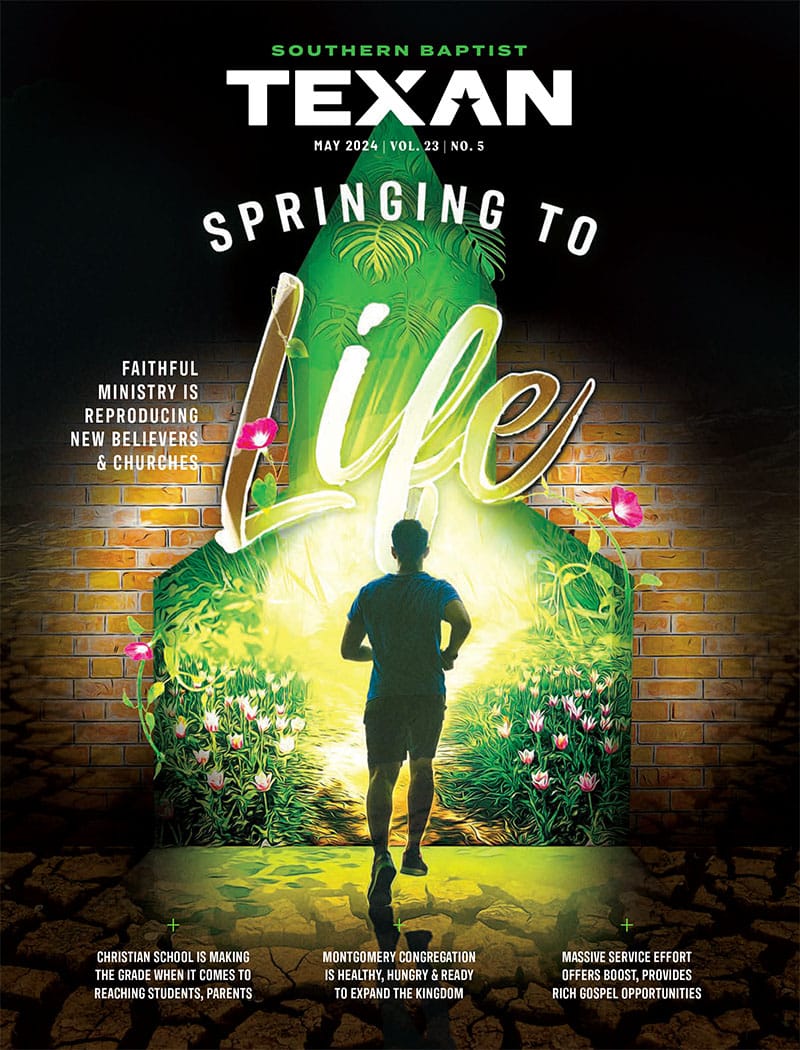DALLAS—The attack by a knife-wielding assailant at Ohio State University in November caused colleges nationwide to revisit their emergency-response plans, the Wall Street Journal reported in December.
Many schools employ variations of the “Run, Hide, Fight” plan used at Ohio State.
The basics of “Run, Hide, Fight” are outlined in a U.S. Department of Homeland Security pamphlet on responding to active shooters, which recommends individuals evacuate, leaving behind belongings, and call 911 when safe. If escape is impossible, people should hide, preferably out of the line of sight of the shooter. A final resort is to take action, throwing items at the shooter, acting aggressively and yelling.
Bob Dyer of the pre-K through 12th grade Trinity Christian Academy in Addison confirmed that his school has moved away from the traditional lockdown model and embraced special training along the lines of “Run, Hide, Fight.” School personnel are trained in age-appropriate “proactive strategies” he said.
“Too often there is an assumption law enforcement will get there on time,” Dyer said. “The training we have had helps us become first responders, to take back control from an intruder and to create options for as many survivors as possible.”
In a study of active shooting incidents from 2010-2016, the FBI reported 200 events, most involving a single shooter, 70 percent in commercial or educational environments, in 40 states and the District of Columbia. Most events ended before the police arrived. Until 2013, incidents averaged 11.4 per year. The years 2014 and 2015 saw 20 attacks each.
The escalation of violence makes preparedness essential.
“We, like any other institution, value safety,” Brad Corder, police chief of Criswell College in Dallas, said, recommending “some type of armed presence on campus” to deter would-be offenders.
Beyond a uniformed presence, making effective use of technology such as security cameras and biometrics can help, Corder said. Using cards rather than keys to enter buildings enables security to shut off access immediately.
If such “bells and whistles” as cell phone access and biometrics are beyond the budget of an institution, “the old fashioned method of getting out and pounding the pavement, shaking hands, doing patrol and being a presence still works very well,” Corder said, emphasizing the importance of relationships.
“It is important to foster an environment where the police or security department works hand-in-hand with employees and students on campus. They become your eyes and ears to notify you in a timely manner when something is taking place.
“Community members know they can turn to you and can trust you. That goes a long way.”
Corder advised putting “sound protocols” in place before an incident occurs.
At Criswell, this begins with staff training and regular conversations about potential emergency scenarios. Corder said he regularly spends a few minutes at staff meetings discussing security, including emergency responses to a range of events from inclement weather situations to active shooter scenarios.
Corder even invited an FBI agent to address Criswell staff.
“When it comes to dealing with active shooters or bomb threats, the FBI is a vital resource. They have developed materials and a video presenting an actual scenario teaching the run, hide and barricade, and resist plan,” Corder said.
“Each scenario is different,” Corder added. “Flexible response is needed depending upon the institution and the situation. We pray every day that such an emergency response is not necessary.”
Like Dyer, Corder recommended “being proactive,” examining ways to eliminate the possibility of a threat before it happens.
Tangible ways to prevent incidents can be surprisingly basic. Something as simple as maintaining a clean, well-lit campus can deter intruders who assume the “people inside are on top of things,” Corder added.
It is vital to be vigilant and encourage others to do the same.
Similar rules apply to churches. Corder, with several other police officers, serves on the security team at his church.
“We have a security staff to deal with situations, but we are also not disinclined to talk to greeters and ushers, getting them on the same page, getting them to be the eyes and ears for our campus,” Corder explained.
“This doesn’t mean you have to spend hours in the classroom talking about scenarios, but the little things you do in a meeting might shed light on how to make any church a safer environment.”
Background checks for volunteers and workers also help prevent problems, Corder added.
Corder said he plans to conduct additional emergency-response scenario training this summer with Criswell employees and students and recommended the FBI website www.fbi.gov/resources as a valuable resource for schools, churches, businesses and other organizations concerned with safety.














